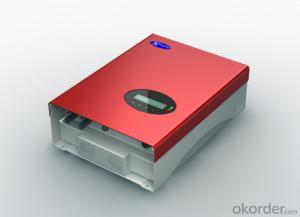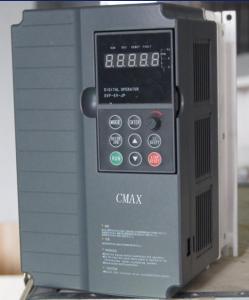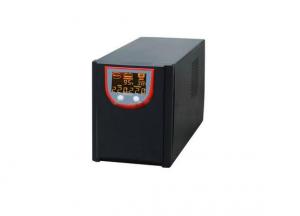Steca Solar Inverter
Steca Solar Inverter Related Searches
Inverter Solar Statcon Solar Inverter Solar Electric Inverter Mecer Solar Inverter Star Solar Inverter Smart Solar Inverter Gamesa Solar Inverter Temco Solar Inverter Solar Solar Inverter Smart Inverter Solar Solar Energy Inverter Solar Smart Inverter Tesla Solar Inverter Delta Solar Inverter Mac Solar Inverter Synergy Solar Inverter Power Solar Inverter Tesla Inverter Solar Inverter Solar Cell Inverter Solar Battery Solar Delta Inverter Solar System Inverter Solar Home Inverter Battery Solar Inverter Solar Battery Inverter Inverter Battery Solar Alpha Solar Inverter Sunshine Solar Inverter Tesla Solar Power Inverter Omega Solar InverterSteca Solar Inverter Supplier & Manufacturer from China
Steca Solar Inverter is a range of high-quality inverters designed to convert solar energy into usable electrical power. These inverters are essential components in solar power systems, ensuring efficient energy conversion and reliable performance. They are equipped with advanced features such as maximum power point tracking (MPPT) and various safety protections, making them suitable for a wide range of applications.The Steca Solar Inverter is widely used in various scenarios, including residential, commercial, and off-grid applications. They are particularly useful in remote areas where access to traditional power sources is limited, providing a sustainable and eco-friendly energy solution. These inverters are also popular in grid-tied systems, where they help to reduce electricity bills and contribute to a greener environment by harnessing solar power.
Okorder.com is a leading wholesale supplier of Steca Solar Inverter products, boasting a large inventory to cater to the diverse needs of customers worldwide. With a commitment to quality and customer satisfaction, Okorder.com ensures that each Steca Solar Inverter is thoroughly tested and inspected before being dispatched to customers. This guarantees that users receive reliable and efficient inverters that meet their energy conversion requirements.
Hot Products


















































